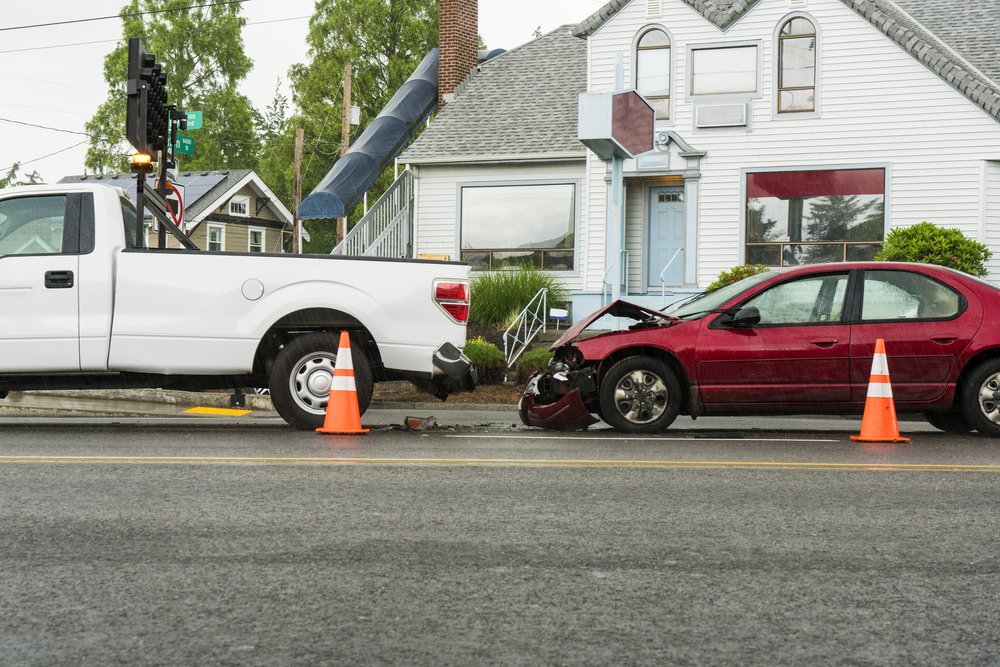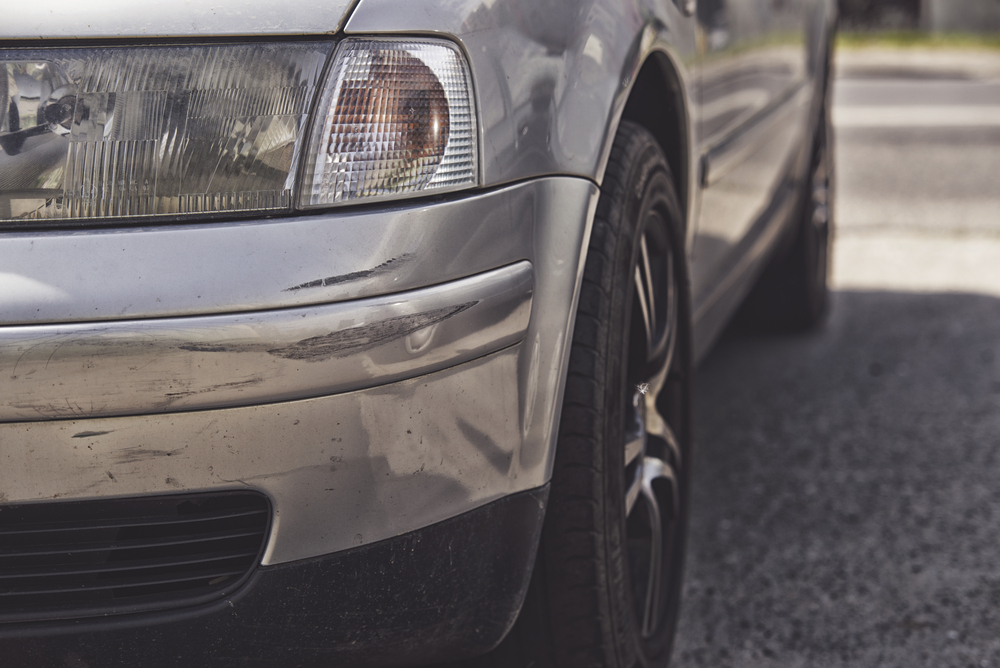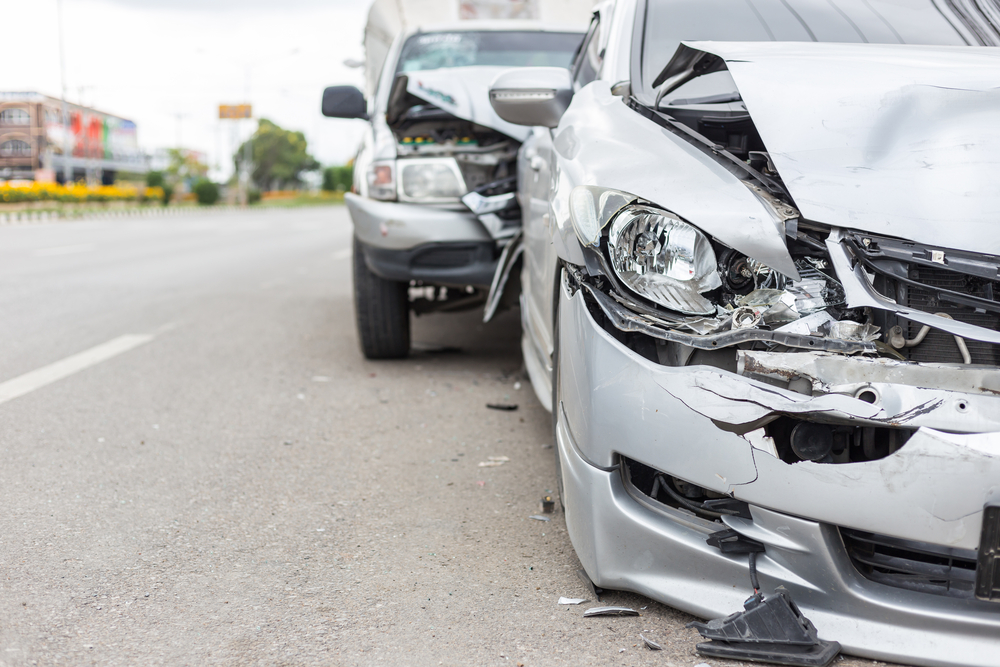Accidents happen. It’s a phrase we hear a lot throughout our lives, so much that sometimes we ignore the fact that the best way to avoid them is to be prepared. Unfortunately, there may come a time when you do find yourself in the midst of an auto collision, possibly in a situation that is unsafe. What can you do to prevent further injury? How you can protect yourself and others? To answer that question, here is what every Camden County driver should have in their car in the event of a collision.
Why Should You Be Prepared for an Accident in South Jersey?
Camden County is a busy place. There are colleges, warehouses and other commercial buildings, and residential neighborhoods. The roadways are often congested around the clock, meaning that there is always a risk of someone bumping into the back of your car or running the red light and T-boning you. In other words, having the right tools and resources on hand can help mitigate the impact of an accident and ensure prompt assistance in case of emergencies.
Things to Consider When Preparing Your Vehicle Emergency Kit
While a car accident in Camden County, NJ is not like breaking down in the middle of nowhere during a snowstorm, there are certain things that you need to consider and prepare for in the event of a collision. For example, you want to make sure that you have gear in your car to stay warm, should you have to wait a while for the ambulance to come on a cold day.
Aside from ensuring comfort, you should also keep a tool kit and first aid kit on hand. Keep in mind that the size of your vehicle will dictate storage space and what can be kept in the car at all times. You want to find a place where your accident preparedness kit can be secured so that it doesn’t move, even in the event of jostling or rollover.
Basic Accident Preparedness
Let’s take a look at some things you should have prepared that will make a big difference in the event of an accident:
- Vehicle registration and proof of car insurance. These things should be kept in the glove compartment or somewhere else easily accessible in the vehicle.
- Emergency contact information. Keep a list of emergency contacts, including family members, roadside assistance services, and your insurance provider, readily accessible in your glove compartment or wallet.
- Phone charger. Ensure that your phone is always charged while on the road so that you can make calls when necessary.
- Basic tools. Equip your car with tools such as a flashlight, multipurpose utility knife, duct tape, and a wrench or socket set.
Emergency Preparedness
Aside from the basic items that will help you when you have had an accident, there are a couple extra items to have on hand. Keep in mind that, in a serious accident where someone may be injured, it is imperative that you stay calm and act quickly. Keeping the accident scene secure and alerting other drivers is crucial.
Here are some items to assist with an emergency:
- A flashlight. Keep one in the glove box or somewhere accessible. Make sure it is resilient enough to help break windows, if necessary.
- Flares for nighttime accidents.
- Small orange cones or reflective warning triangles to mark out your vehicle and keep traffic from getting too close.
- A small fire extinguisher. Be sure to routinely check for when it expires.
How to Prevent and Minimize Accidents
One of the best ways to ensure that you never have to use your emergency kit is to know how to prevent and minimize collisions. Although fender benders are still an accident, they are better than a head-on collision that could have been avoided. Here are some tips to keep in mind as you drive around Camden County, NJ:
- Maintain Your Vehicle: Schedule regular maintenance checks to ensure your vehicle is in optimal condition. Check tire pressure, brakes, lights, and fluid levels regularly.
- Observe Traffic Laws: Adhere to speed limits, signal your intentions, and maintain a safe following distance from other vehicles. Avoid distracted driving behaviors such as texting or using electronic devices while behind the wheel.
- Stay Alert: Remain vigilant and attentive while driving, especially in high-traffic areas or adverse weather conditions. Scan the road ahead for potential hazards and anticipate the actions of other drivers.
- Avoid Impaired Driving: Never drive under the influence of alcohol, drugs, or medications that may impair your judgment or reaction time. Arrange for a designated driver or alternative transportation if you’re unable to drive safely.
- Drive Defensively: Anticipate potential hazards and react proactively to avoid accidents. Stay focused on the road, minimize distractions, and adapt your driving behavior to prevailing conditions.
Contact a Camden County Auto Collision Repair Shop Today
Collisions can and will happen. Are you prepared? Having certain items on hand for when a collision happens can alleviate some of the stress, such as a cell phone charger and warning triangles. Hopefully, you never have to use your emergency kit—but it’s better to be safe than sorry. In the unfortunate event of an accident, trust Elmer’s Auto Body for prompt and professional collision repair services in Camden County and surrounding areas. Our experienced technicians will restore your vehicle to its pre-accident condition with precision and care. Contact one of our three locations today or fill out the online form for expert assistance and peace of mind






